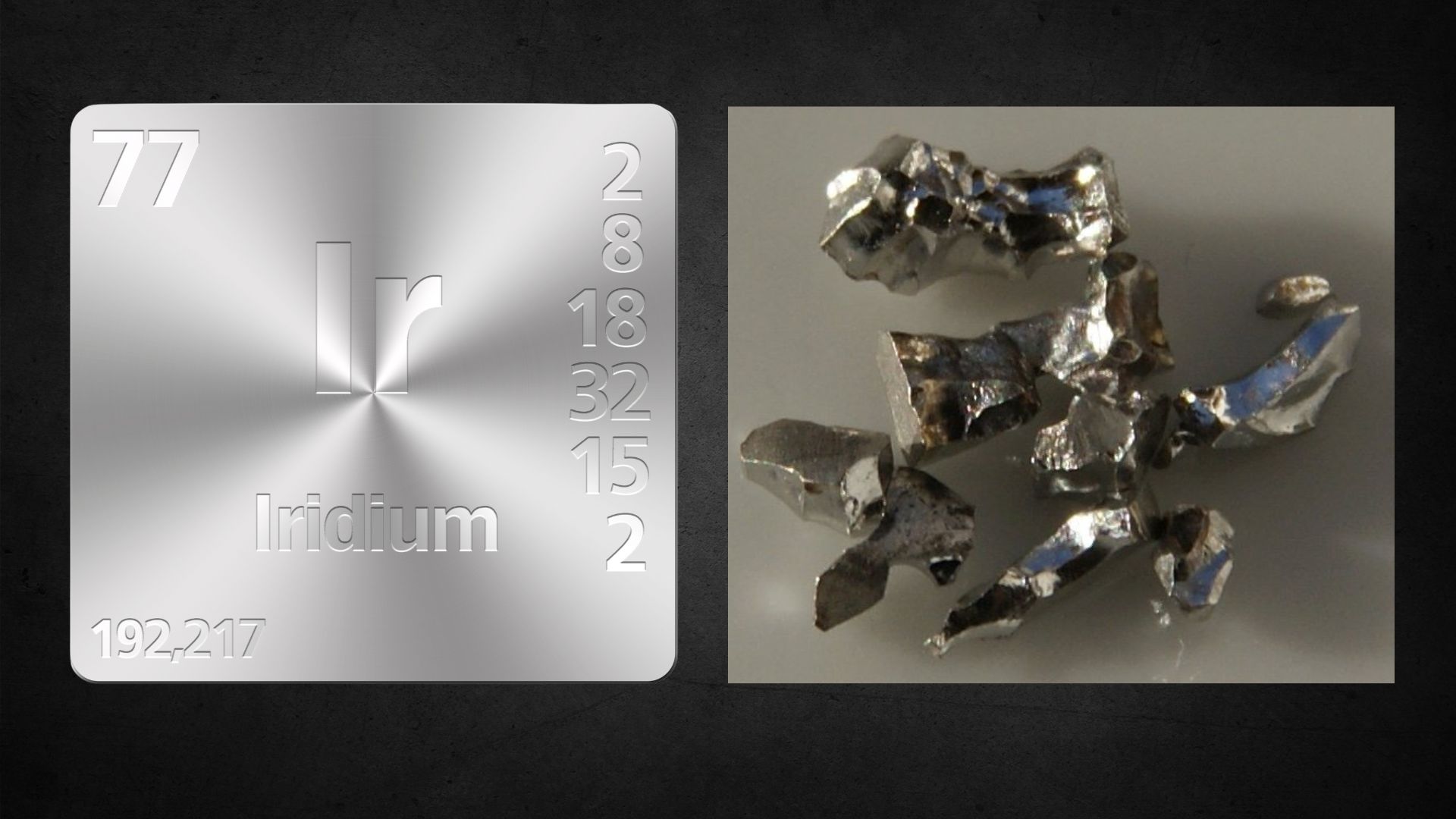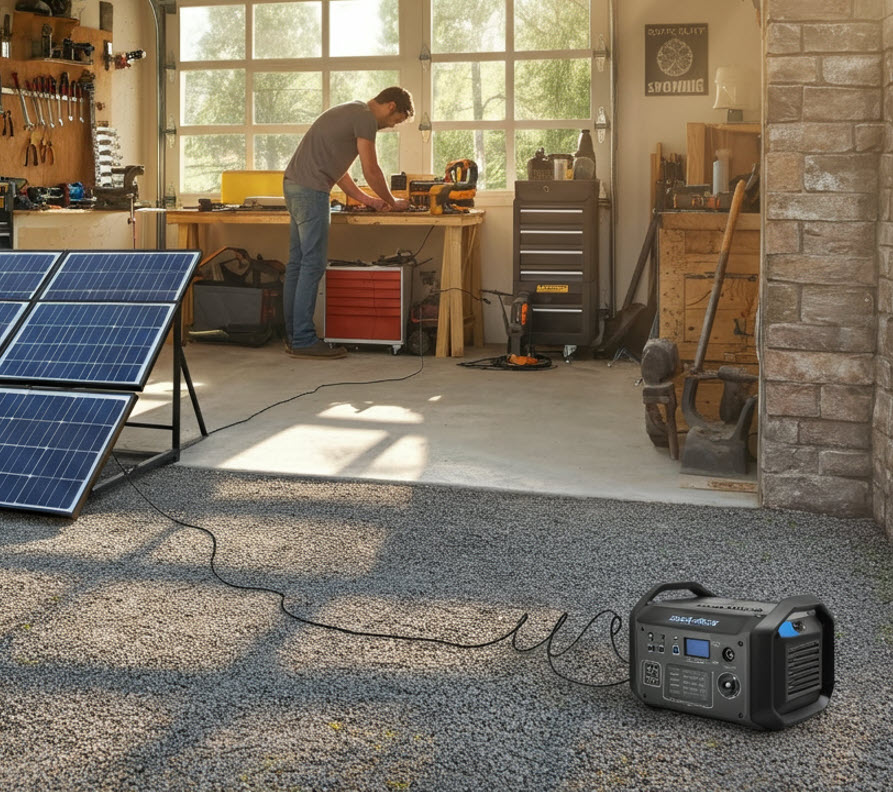Will the PEM electrolyzer commercial expansion be limited by the Iridium’s supply?
PEM electrolyzer: a fast-growing technology The green hydrogen, obtained from water electrolysis fed by renewable sources, is expected to be…

PEM electrolyzer: a fast-growing technology
The green hydrogen, obtained from water electrolysis fed by renewable sources, is expected to be a key factor in decarbonizing the global economy, acting as an energy vector and sustainable chemical feedstock to mitigate climate change.
Among the spectrum of available technologies, the proton exchange membrane electrolyzer (PEMEL) attracts unprecedented attention, swiftly moving into commercial applications, due to its high energy efficiency, dynamic response, and flexible operational capabilities, making it ideal for pairing with variable power sources such as wind and solar.
Although PEMEL has developed rapidly over the last decades, it is still facing numerous challenges for large-scale industrial usage as the acidic environment severely limits the choice of material for internal components.
Iridium(Ir): very rare precious metal

Image Credit: Wikipedia
Iridium (Ir) is used to catalyze the kinetically unfavourable anodic oxygen half-reaction in proton exchange membrane water electrolysis (PEMWE), providing the best balance of activity and stability under harsh oxidizing conditions, where no other precious metal are able to substitute it. Iridium is one of the scarcest elements on the earth, mainly extracted in South Africa and Zimbabwe (90%), with Russia and North America accounting for the rest, only as a by-product of mining other precious metals like platinum and palladium.
Therefore, iridium demand suffers from a volatile market and, due to its wide usage in the spark plugs industry and as a high-performance material for LED technologies, any disruptions to the supply chain can significantly impact its availability for PEM electrolysis.
In the absence of a significant expansion of platinum mining in the next few years, iridium extraction is not expected to increase above the current level of around 7–8 tonnes/year. Depending on the manufacturers, Ir accounts around 20-25% of electrolyzer stack cost, and considering the current state-of-the-art technologies, 400 kg of Ir are required per each GW of installed PEM capacity.
As hydrogen momentum remains strong at the pace expected, according to the International Energy Agency (IEA) Announced Pledges Scenario (APS) projection, PEMWE capacity would increase from 0.3 GW to ∼80 GW by 2030 and to ∼580 GW by 2050. This demand cannot be met with the levels of iridium available on the market, hence significant price rises as well all distribution bottlenecks are predictable on the horizon, both of which would delay the envisaged ramp-up of PEMEL.
Thankfully, scientists, engineers, and industry leaders are already working on a variety of solutions to anticipate that issue.
Solutions to face iridium scarcity
Firstly, to avoid a material shortage in the coming years, research is focusing on improving the iridium utilization factor by reducing the iridium specific density (Ir-PD), defined as the amount of Ir required for each watt of PEM installed capacity, from the current 0.34-2.0 mgIr/W to 0.05-0.1 mgIr/W by 2050. However, since many studies concluded that a catalyst with low iridium loading
would drastically drop electrolyzer’s performance, in parallel it will be necessary to optimize the Ir dispersion on the catalytic layer. In that perspective, one of the most effective structural solutions for enhancing the intrinsic catalytic activity is the reduction of iridium particles size to nanoparticles, therefore increasing the number of active sites on the catalyst’s surface.
Moreover, a supplementary tackle to a scenario where the growth of the PEMWE market might be limited by iridium supply, is the Ir recycling at the end of electrolyzer lifetime. Since the catalyst is not consumed during the electrolysis reactions, that precious metal can be partially recovered and recycled for future use. Even though the current recycling rate of iridium is very low (around 20- 25%) and still not economically feasible, researches have precited a noticeable improvement up to 90% in the next decades, similar to other PGMs (Platinum Group Metals)
Conclusion
The problem of iridium scarcity poses a major limit to the development of large PEMEL market. Nevertheless, by evaluating the cumulative iridium requirements over three ten-year period to 2050, the combination of thrifting and recycling would result in a balanced market, thereby preventing any bottlenecks, and relieve pressure on its global procurement to meet the expected rising demand.
About The Author:
Davide Spinosa, Engineer for Siemens Energy
 I am currently working as a Gas Turbine Commissioning Engineer for Siemens Energy. Being able to work worldwide in power generation plants allowed me to combine two of my passions, the energy and traveling.
I am currently working as a Gas Turbine Commissioning Engineer for Siemens Energy. Being able to work worldwide in power generation plants allowed me to combine two of my passions, the energy and traveling.
I believe the ongoing energy transition process must be seen as a collective stimulus, both scientific and social, to find innovative technological solutions where everyone is called to put as much effort as possible to ensure a sustainable future.
What's Your Reaction?






























































